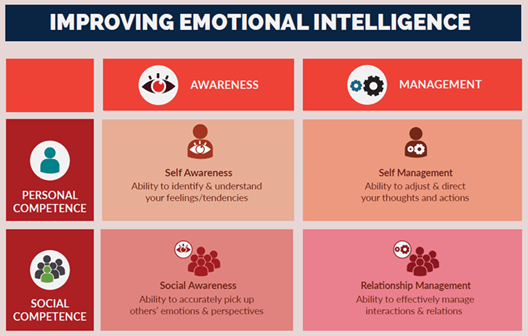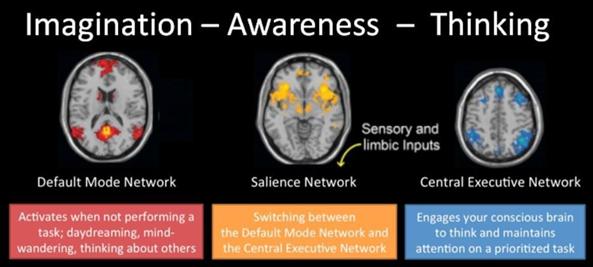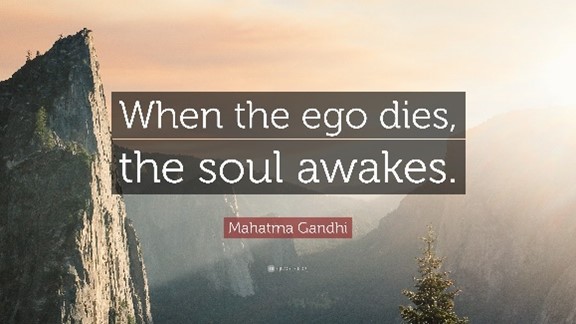The concept “emotional intelligence” was popularized by Daniel Goleman in the 1990’s. Goleman’s book, Emotional Intelligence, focused on explaining what emotional intelligence is and why it is so important and valuable.
In 2009, Travis Bradberry and Jean Greaves published their book, Emotional Intelligence 2.0. The focus of this book was to provide a step-by-step approach for improving emotional intelligence.
While these books have pushed our understanding of emotional intelligence forward, there is cutting-edge research coming out of the neuroscience field that suggests we need to take another step forward.
This article is designed to help introduce some of this cutting-edge research and why it dramatically changes how we think about emotional intelligence and how to go about improving our or others’ emotional intelligence.
What We Have Been Led to Believe
Until recently, we have come to believe that emotional intelligence is a skill-based ability.
From this perspective, Bradberry and Greaves provide a step-by-step approach for improving emotional intelligence that suggests that we can improve emotional intelligence just as we can almost any skill, through knowledge, practice, and measurement. Specifically, their four steps are:
- Take an EQ test to identify the aspects of emotional intelligence where you have weaknesses and strengths
- Pick one aspect of emotional intelligence to focus on improving
- Practice engaging in the aspect of emotional intelligence that you selected (it can be helpful to choose an EQ mentor to compare against and learn from)
- Measure/track your progress
The latest research from neuroscience is suggesting that this approach is limited and likely to be only incrementally helpful.
Common Dimensions of Emotional Intelligence
In Emotional Intelligence 2.0, Bradberry and Greaves identify four dimensions of emotional intelligence:

What Neuroscience is Saying
Neuroscience research related to trauma is finding that emotional intelligence is not a skill-based ability, but rather a neuro-based ability.
To understand how they have come to this conclusion, it is important to recognize that neuroscientists recognize three primary brain networks that influence how we see, make meaning, and process our world. They are:
- Salience Network: Our home of emotion
- Default-Mode Network: Our home of non-conscious processing
- Central Executive Network: Our home of conscious processing

In a well-calibrated brain, these three networks work effectively together, such that one network does not overpower the others. When one’s brain is properly aligned, one is able to stay well-regulated and balanced.
Research on trauma has found that when someone experiences extreme stress or prolonged stress, the brain makes neural adaptations to help the individual best survive and navigate the stress they are or have experienced. While these adaptations are helpful for short-term resolution of the stress, the adaptations are detrimental to emotional intelligence.
There are two common adaptations to stress:
- Hypervigilance – This is when the salience network overpowers the default-mode network, causing one to have a more narrow window of tolerance to possible danger or difficulties to an excessive degree.
- Dissociation – This is when the default-mode network overregulates the salience network, causing one to have a diminished capacity for connecting with and feeling emotions, commonly leading to reduced interoceptive abilities, depersonalization, body-ownership distortions, and sensory alterations.
(Side note, research has found that 70%+ of all adults have experienced trauma to the degree to which it has led to these neural adaptations. Thus, most of us experience at least one of these brain-wiring adaptations, largely as a function of past trauma.)
When one’s brain wiring has a tendency for hypervigilance, they struggle with self management (they have a hard time regulating their strong emotions), social awareness (because they are hypervigilant about what might affect them that they struggle to be socially aware), and relationship management (again, because they are so sensitive to themselves that they struggle to connect with others).
When one’s brain wiring has a tendency for dissociation, they struggle with self awareness (as they struggle to connect with and be aware of their emotions). Since they struggle with self awareness, they also struggle with social awareness (when one has diminished ability to connect with their own emotions, they also struggle to be aware of and connect with others’ emotions).
How This Changes How We Think About Emotional Intelligence
Understanding that emotional intelligence is a neural-based ability, it becomes clear that the common skill-development approaches to improving emotional intelligence are likely to fall short of their intended outcomes. This is because skill-based development efforts are limited in their ability to address the neural wiring necessary for emotional intelligence.
But, knowing that emotional intelligence is a neural-based ability allows us to get clear about what development efforts are likely to be the most effective at improving emotional intelligence. Those efforts are generally of a therapeutic nature, focused on helping people heal from and undue the effects of past trauma. Some therapy modalities that are proving helpful include:
- Eye Movement Desensitization and Reprocessing (EMDR)
- Internal Family Systems Therapy
- Low Energy Neurofeedback Systems therapy (LENS)
- Psychedelic-assisted therapy
Emotional Intelligence 3.0
The next wave of emotional intelligence thought leadership will do a much better job tapping into the neuroscience of emotional intelligence. Such an approach will not only elevate our understanding of emotional intelligence, but also improve our ability to develop emotional intelligence in ourselves and others.
If you would like to facilitate workshops related the cutting-edge of emotional intelligence, let’s connect.










